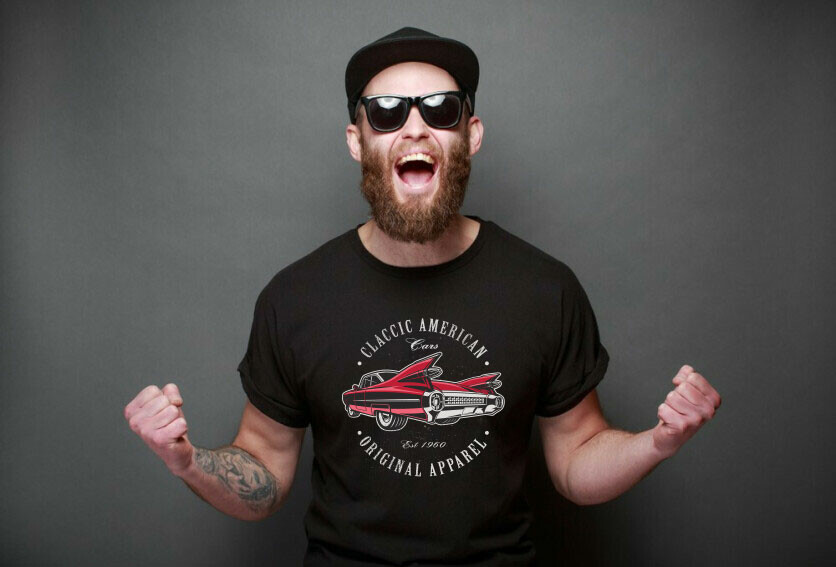
Product Spotlight: T-Shirts
T-shirts have evolved over the decades from underwear to popular marketing tools.
Rick Cundiff
Funny how some items that have humble beginnings become iconic must-haves over time. Consider the classic t-shirt, for example.
The t-shirt (or tee shirt, if you prefer) began as a simple underwear item, worn under work shirts. Yet over decades it has evolved into something much more. Modern t-shirts have become a way to celebrate bands, make political statements, announce one’s rebellion, or demonstrate a sophisticated fashion sense.
Seldom has a single garment been able to convey so many different meanings, often at the same time (for a similar example, see Jeans, Blue).
The t-shirt began in the late 19th century, as an item to be worn under work shirts or dress shirts, to keep the outer shirt looking clean and fresh. By the turn of the century, the British Royal Navy allowed sailors working on deck to wear t-shirts as outerwear.
In 1913, the U.S. Navy adopted a white, cotton t-shirt as an official underwear item. It proved to be more comfortable and quicker drying than the previous flannel. By the 1940s, the Army had adopted the shirt as well.
The Rebels Made T-Shirts Cool
Still, the basic t-shirt remained an underwear item for the most part, not something one wore in public. That changed in the 1950s.
It took actors such as Marlon Brando and James Dean to make the t-shirt part of mainstream culture. In movies such as A Streetcar Named Desire, The Wild One and Rebel Without a Cause, Brando and Dean wore the t-shirt as outerwear, and did so with an unmistakable aura of rebellious cool. The humble t-shirt was on its way.
Promoting an Idea (or a Product)
The 1960s were a decade of profound change, including new forms of expression. With the ability to be imprinted with a social, political or advertising message, the t-shirt became a statement piece. Whether protesting the Vietnam War or promoting Coca-Cola, logoed shirts were soon ubiquitous. When musicians (and their managers and record labels) discovered they could print band logos on shirts and sell them, the market soared.
Through it all, t-shirts remained a staple of everyday wear, accessible to just about everyone at a low price. The 1980s and ‘90s added an element of exclusivity.
Not long after the introduction of designer-label jeans came the first designer t-shirts. Made the same as their more down-market counterparts, they typically bore a designer name and/or logo. That boosted their price, and their profitability.
Today, it’s just about impossible to not see t-shirts anywhere you go. Available in a wide spectrum of colors, sizes and styles (V-neck, crew neck, etc.), they can promote virtually anything you can imagine. Maybe it’s time to add custom tees to your marketing portfolio.
Rick Cundiff
Content Director, Blogger
Rick Cundiff spent 15 years as a newspaper journalist before joining TJM Promos. He has been researching and writing about promotional products for more than 10 years. He believes in the Oxford comma, eradicating the word "utilize," and Santa Claus.
